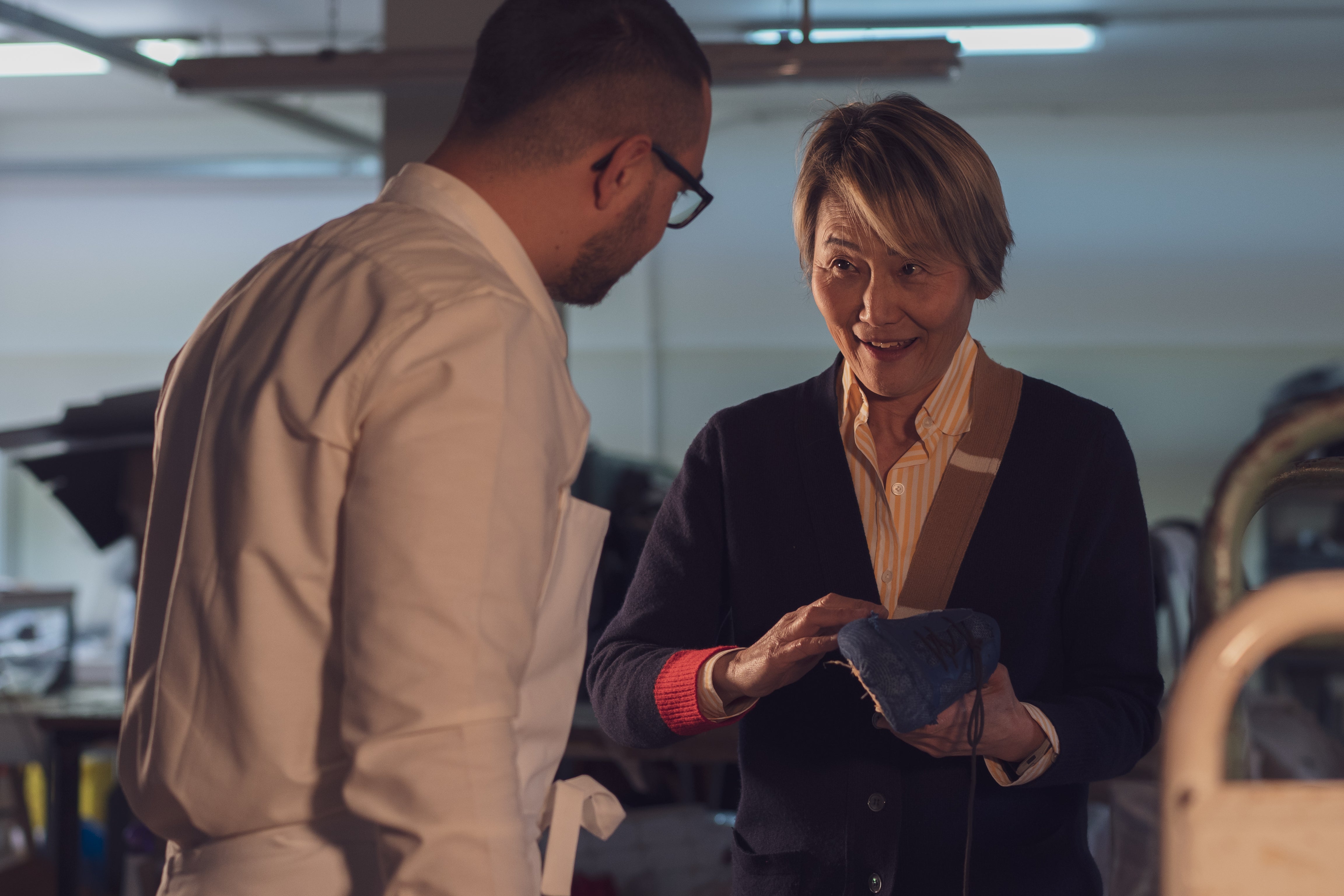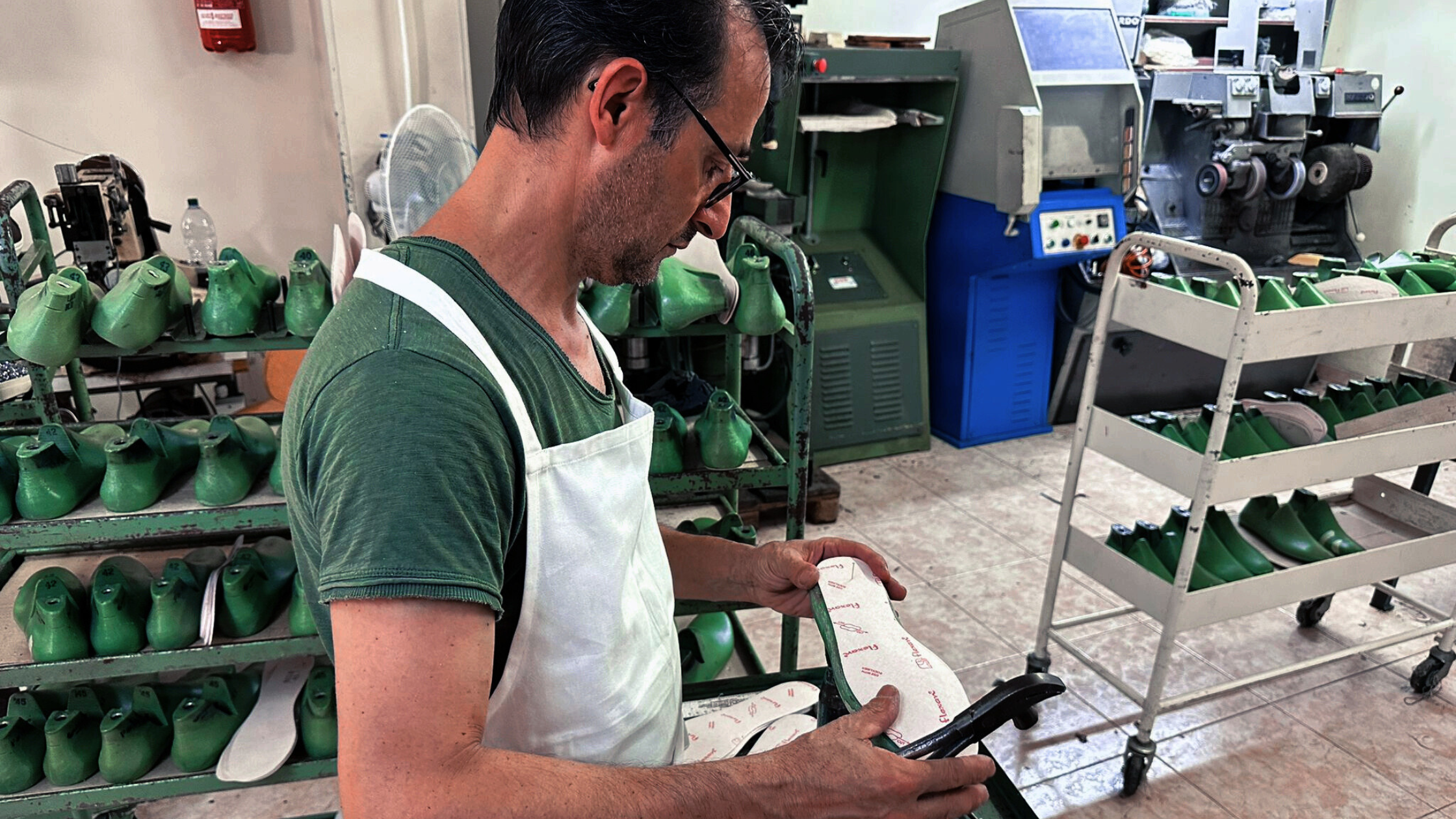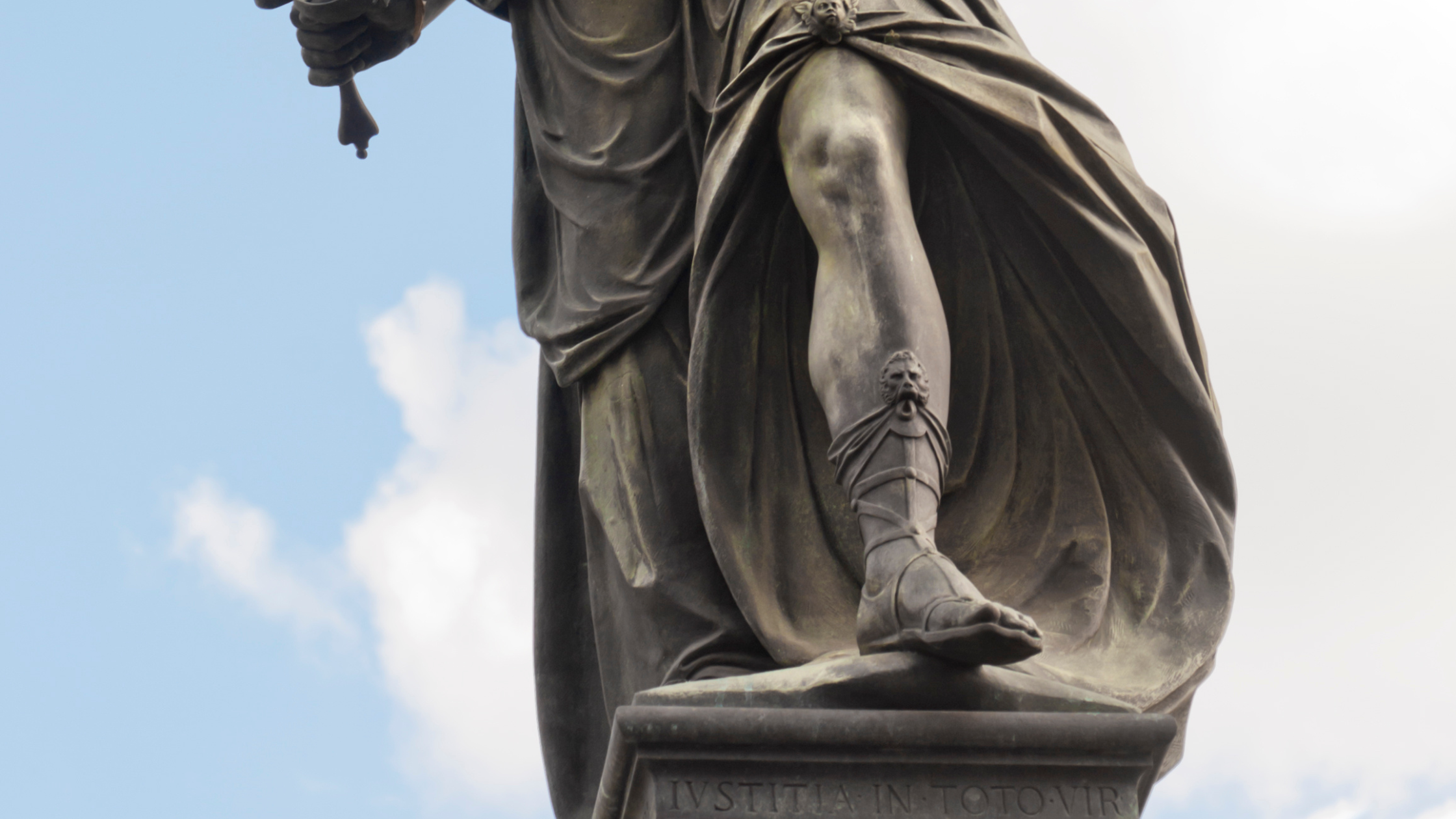
How to take care of a luxury shoe? We talk about it with the craftsman Mario
Since luxury is a good that lasts over time, it is important to know how to take care of it, to enhance its value and quality. In the case of footwear, it is advisable to follow some precautions to better maintain the condition of the leather. In this regard, we asked the craftsman Mario, a specialist in the design and development of footwear in the Seishou laboratories, for some more insight on the subject and some clarifications on the most effective methods for good maintenance of one's luxury shoes.
How did you approach the world of footwear?
My experience in craftsmanship began somewhat by chance, within the shoe company where my mother worked, being in the same sector for over 30 years. I had wanted to change departments for some time, so I moved from the sole warehouse to the assembly line. Being able to closely observe the last stages of the production process, the construction and finishing of the shoe, was a crucial step in my career and from that moment on my work has also become my greatest passion.
What does the recent collaboration with Seishou and with designer Yuko Matsuzaki represent for you?
Working on Seishou footwear gives me the opportunity to create products with quality materials, for customers who look for high end products. In particular, constantly working side by side with a highly experienced designer like Yuko is a precious opportunity for me to grow professionally.

What precautions can be taken to maintain leather shoes over time?
It is enough to have a small kit consisting of brushes and creams. First, a special cream is applied to moisturize the leather of the shoe, just like we would for the face. After that it is important to brush the shoe to fill the pores. Finally, a simple polishing with a smooth wool cloth gives the shoe the original look it had when it was first purchased.
And how often do you recommend repeating this process?
For normal use of the shoe, I would say roughly once a month. However, it depends on how often it is worn and how it is stored.
Do these indications also apply to suede models such as the Maryland and Duke loafers?
Not exactly. Suede is a very particular material from this standpoint and should not be treated with creams. However, there are some small tricks that allow you to maintain the shoe over time: brush the suede to prevent bacteria that could create stains in the long run; always store suede shoes in an airy and dry place, in order to prevent the formation of mold on the leather; in the event that the shoe should lose its shine, you can use special spray cans of the specific color to revive its appearance.

In the case of a shoe made in two types of leather (calf and suede) like the Purdue sneaker, are there any special precautions?
There is no specific treatment, but the previous precautions must be followed. In this case, it is sufficient to clean the part of the white calf even with a simple cloth and a degreaser without bleach.
What if we wanted to wash the inside of the shoe?
First of all, I recommend never washing leather shoes in the washing machine or with water. Instead, I would advise to remove the insole after wearing the shoes, to give the inside a chance to breathe and thus avoid the formation of bacteria.
So if they should come into contact with water, what are the precautions to take in order not to further damage the shoes?
Leather in general is a substantially waterproof material which, once finished, absorbs water in very small quantities. In the case of shoes with suede leather, however, contact with water can create halos. Unfortunately, there are no measures to remedy any wear and tear, but they can be prevented by avoiding wearing shoes when it rains or on wet ground.
Following careful maintenance, how long can shoes made with high quality materials last?
With the right treatment, the leather of your shoes stays as new for 20 or 30 years. This is why buying quality shoes, especially Made in Italy, is always an excellent investment.



